COLLAGES
local heroes
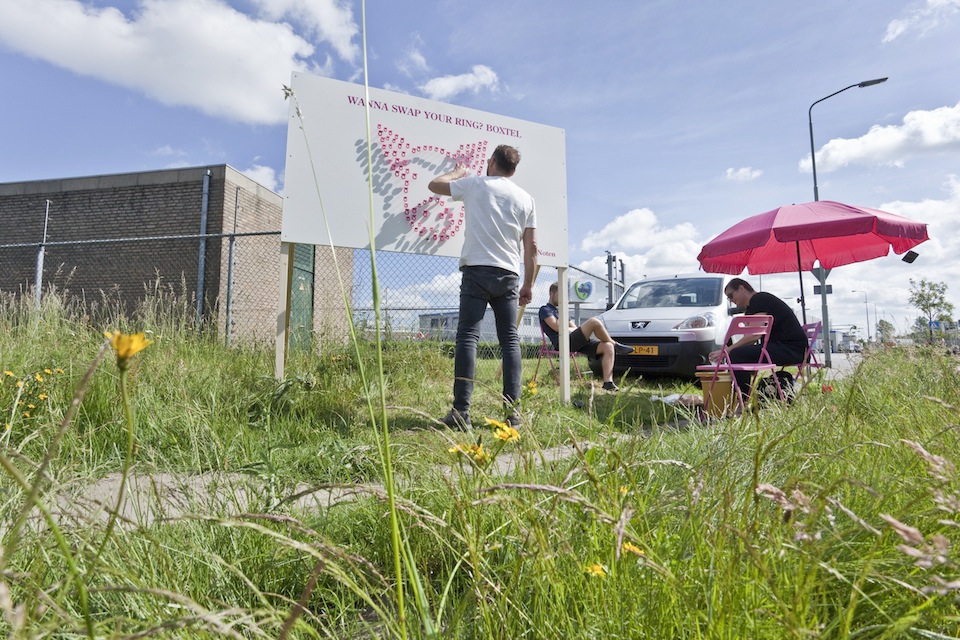
Atelier Ted Noten - Local Heroes curated by Jules van den Langenberg - photo by Otto Snoek
On sunday the 25th of May 2014 the Dutch small town Boxtel transformed into an exhibition landscape with site specific work of 27 designers, artists and architects. Curated by Jules van den Langenberg, Imperial architect for a day, these Local Heroes did not design to save the globe but use form and thinking to blow the dust of daily life in plain contexts.
A summary of the one day exhibition is presented in the Klokgebouw during Dutch Design Week 2014 as part of the program Future Boxes, a selection of exceptional projects which function as conversation pieces in Klokgebouw; curated by studio Maarten Kolk & Guus Kusters.
Participants: Asnate Bockis, Jelle Mastenbroek, Leon de Bruijne, Michael Kluver, Anneke Jakobs, Bart Eysink Smeets, Erik Kessels, Tom Loois, Elise van Mourik, Atelier Ted Noten, Olaf Mooij, Willem van Doorn , Joram Raaijmakers, Floor Wesseling, Guus Voermans, Dagmar de kok, Aliki van der Kruijs, Skin Architects, Maarten Ponjee, Student Puck van Iersel, Student Nick Gniewyck, Student Pippi Dijkstra, Student Liede Hofstee, Student Cindy Trilsbeek, Student Corinne Hendriks, Student Willem van Hooff , Student Aline Gerards
Concept and curator: Jules van den Langenberg
Organisation and management: Daniëlle de Jongh
Graphic design: Knut Stahle
A short conversation between Jules van den Langenberg and his alter ego Willy Wonka.
Willy Wonka: What’s up with the confetti?
Jules van den Langenberg: The public space is in desperate need of randomness. I dropped 27 confetti’s on the map of a small town in The Netherlands then visited the 27 sites and based on my findings invited artists, designers and architects to install their work in specifically given contexts or create new in-situ projects on the various locations. All for a one day exhibition.
WW: A one day exhibition, what does it mean to create that?
JVDL: Investing time. From formulating a concept to fund raising, studio visits and defining commissions. I wanted to create an alternative landscape, a momentum in daily life, which is why the one day exhibition format is interesting to me. The temporariness evoked generosity- and hospitality of volunteers, government and locals. It also resulted in a challenging program of demands for participating artists, designers and architects.
WW: What’s it like to walk through a village turned exhibition space like that?
JVDL: It felt like being a museum director that uses the ‘real’ world as both archive and platform.
WW: Where does this eagerness of exhibition making come from?
JVDL: I grew up as the son of a creative entrepreneur, matured at Design Academy Eindhoven and am developing myself through freelance works at Studio Makkink&Bey in Rotterdam and Studio Edelkoort in Paris.
Besides that I started my own practice working on projects as designer, curator and exhibition maker. For me it’s all about context awareness. I’m interested in the impact of applied arts and design. Eager to expand the notion of curating and the exhibition as a medium.
WW: Could you elaborate on how you defined the selection of participants for this exhibition?
JVDL: After the confetti’s were thrown on the map I took a cordon that has the periphery of the confetti and translated its measurements to 1:1 scale. Each location was mapped and in a very associative way existing works or specific work methods of artists, designers, architects and makers of all kinds came to mind. Often right away, sometimes after studying the context or program of the location. The participants vary from local artists like Guus Voermans to internationally renowned designers such as Erik Kessels, who actually studied in Boxtel, to students of the local art school SintLucas but also many makers that have never heard of the village or its quirky whereabouts. An eclectic group.
WW: Ted Noten or Leon de Bruijne for instance?
JVDL: Right, one of the confetti’s fell on the industrial area of Boxtel, in a street right in front of a big slaughter company. Each day thousands of pigs arrive in trucks and disappear into the factory. It was clear to me that Atelier Ted Noten, who have been using the pig in their oeuvre regularly, should participate on this specific location. Their ‘Wanna Swap Your Ring’ project is in itself about site specificity so it felt both natural and exiting to install a continuation of that project in the Local Heroes Boxtel context. Where the pig diminishes within the industrial walls of the slaughter company, Atelier Ted Noten multiplies the pig and offers hundred ‘Miss Piggy’ rings, for swapping, to the visitors of the exhibition.
WW: How did you pull this off organizational and financially?
JVDL: Charm, wit, and an ambitious plan? Who knows, but the whole thing would have not been possible without the support of many volunteers, three main sponsors and a handful of local companies that financed the new projects that were developed specially for the exhibition. Especially at the start of the project I worked with Daniëlle de Jongh who is responsible for a part of the organisation and management of the project, also graphic designer Knut Stahle generously contributed to the visual identity of the exhibition.
WW: What’s next?
JVDL: The exhibition format is very suitable for a continuation, a second edition in so called ‘sister’ village Wittlich in Germany is on the agenda. Local Heroes Wittlich would be interesting to realize by the end of 2015. For the upcoming Salone del Mobile in Milan I’m researching the possibilities of creating an indoor in-situ exhibition. Contact me if you’re interested in collaborating.
WW: Will do.
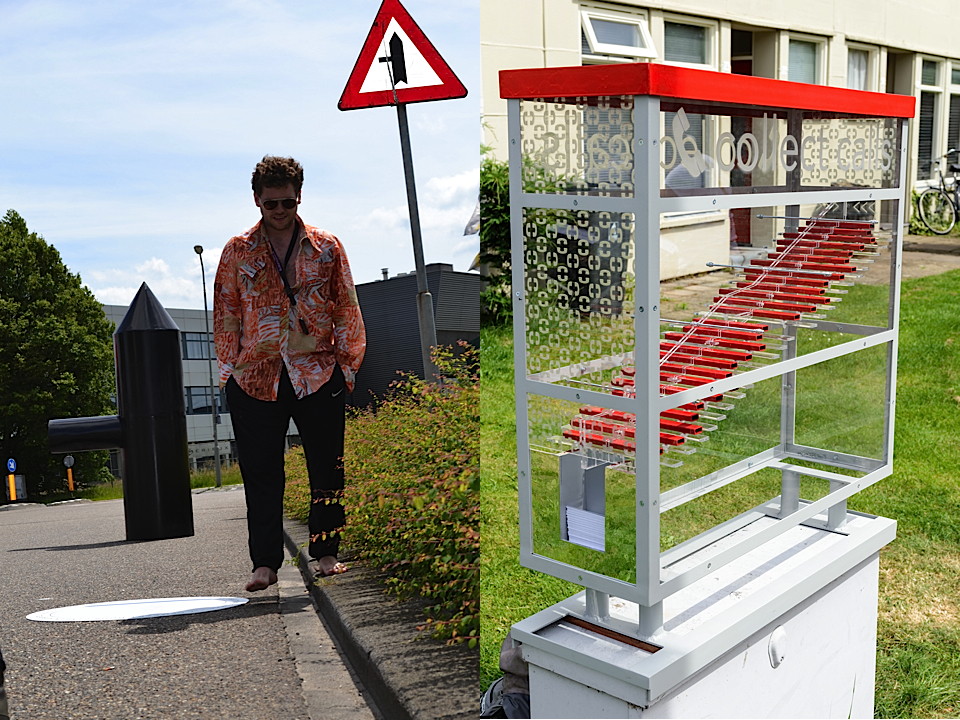
Left - Buurtbus Tour. Right - Jelle Mastenbroek - Local Heroes curated by Jules van den Langenberg - photo by Otto Snoek
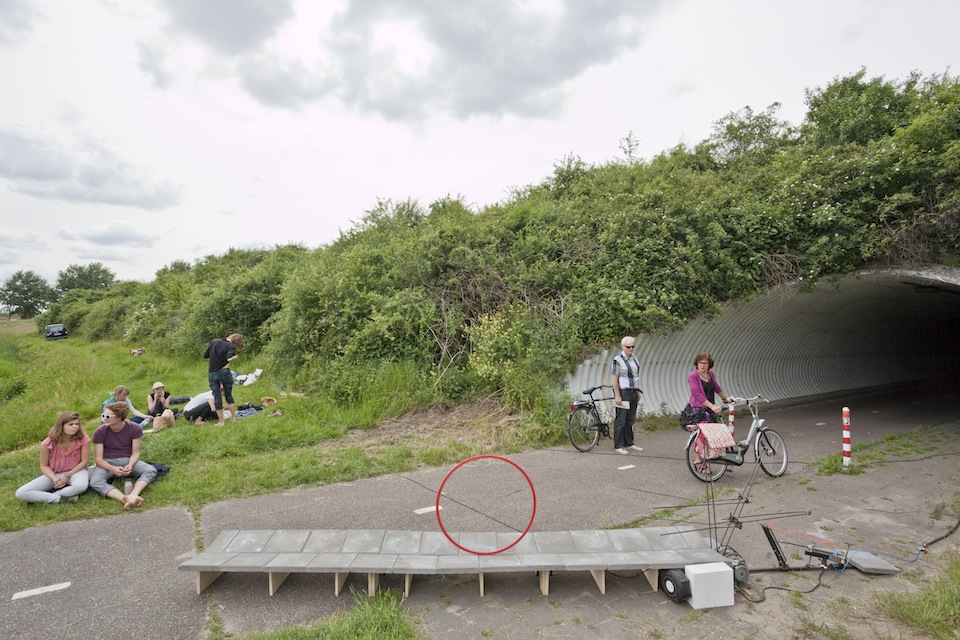
Leon de Bruijne - Local Heroes curated by Jules van den Langenberg - photo by Otto Snoek
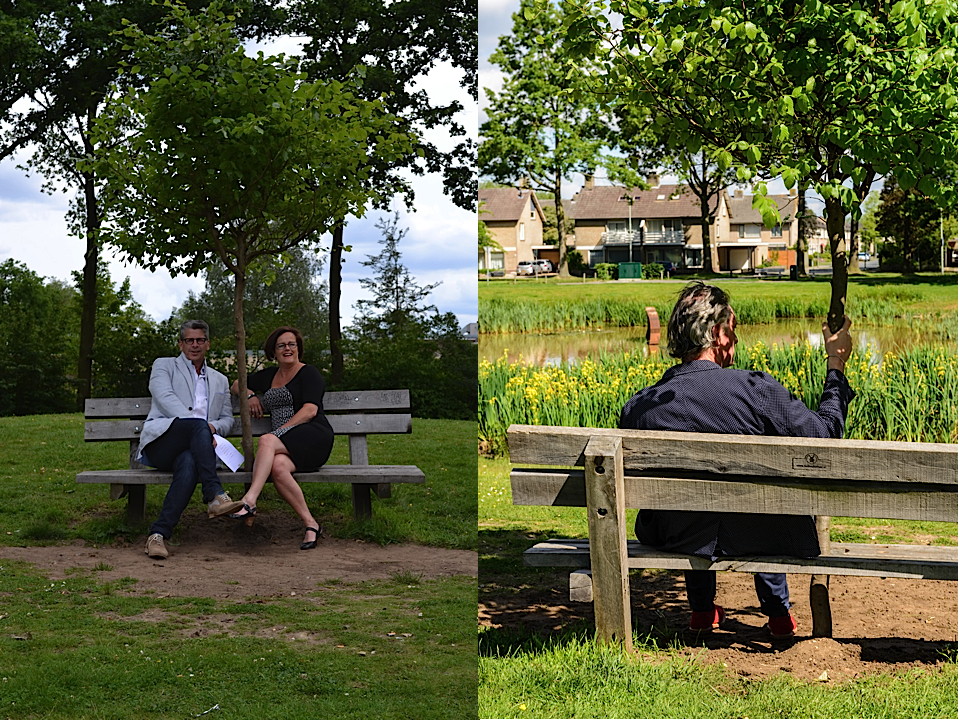
Buurtbus Tour - Erik Kessels - Local Heroes curated by Jules van den Langenberg - photo by Otto Snoek
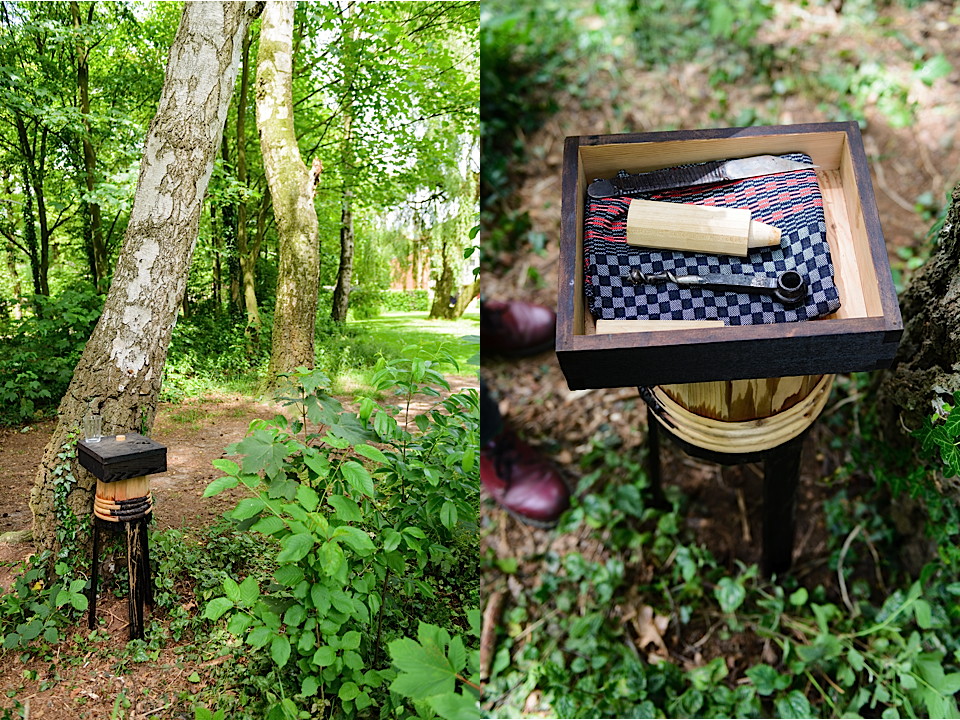
Willem van Doorn - Local Heroes curated by Jules van den Langenberg - photo by Otto Snoek

